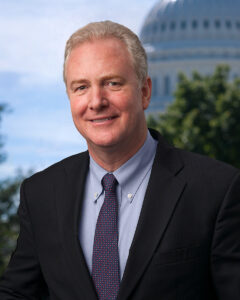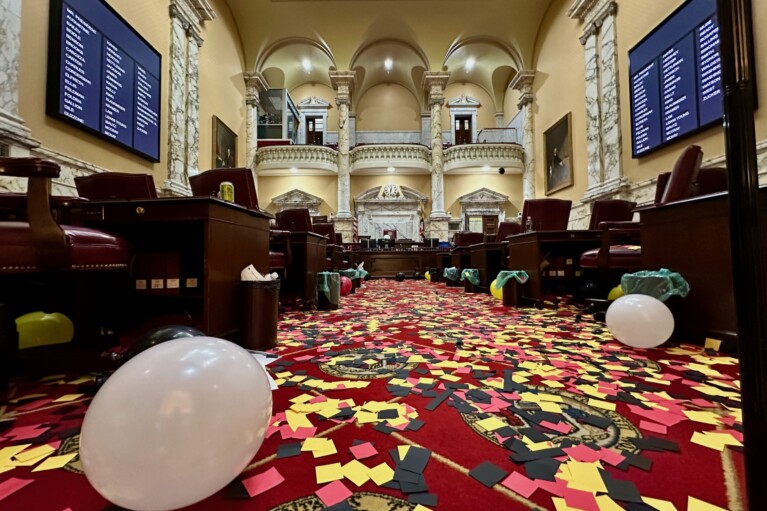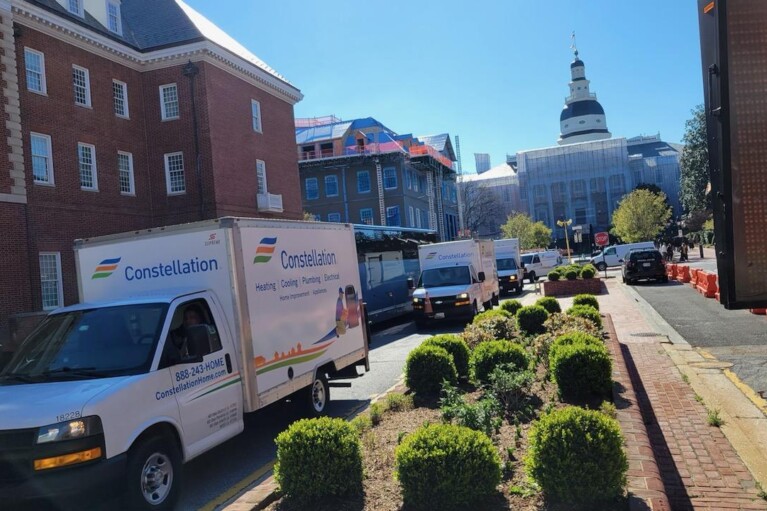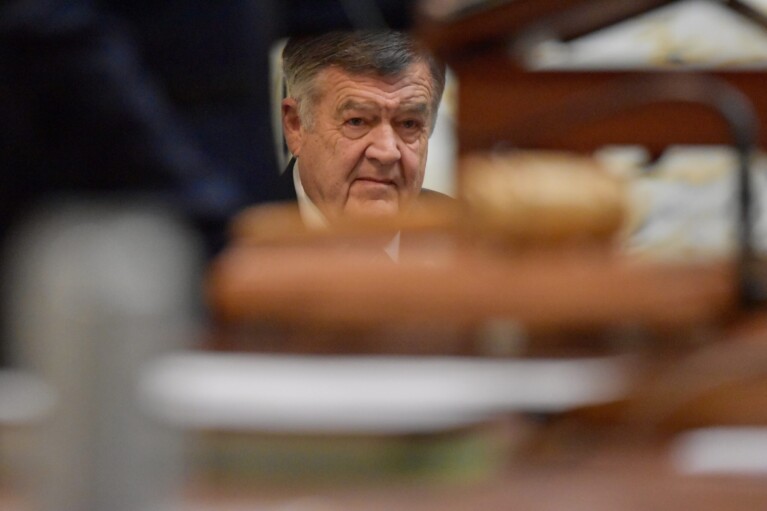When it comes to aid to the states, Congress giveth and Congress taketh away.
With Congress bumping up against a weekend deadline for approving the fiscal year 2018 budget, Maryland leaders are tallying wins and losses:
–On the up side is a decision to including new funding for Metro in the omnibus measure working its way through the U.S. House and Senate now. The measure, which the House approved Thursday and the Senate is expected to vote on by week’s end, includes $150 million in capital funding for WMATA, the agency that operates the Washington, D.C., region’s subway system and bus network.
Local lawmakers from Maryland, Virginia and Washington, D.C. are working on legislation that would provide an additional $500 million in new funding on equipment and maintenance, to address chronic safety and reliability issues Metro has faced in recent years. The Virginia legislature adopted a measure earlier this month, just before adjournment. Key Maryland lawmakers said Thursday that they are close to an agreement [see related story]. The D.C. Council is expected to act third.

U.S. Sen. Chris Van Hollen
Rep. Steny H. Hoyer (D-Md.) hailed the new federal funding, saying “I’m glad the omnibus included the full $150 million in grants for Metro to make capital improvements. I will continue to work with all stakeholders to ensure Metro is safe and reliable for its riders.”
–Gov. Lawrence J. Hogan Jr. (R) praised lawmakers for approving another Maryland priority — a restoration of $73 million in funding for the Chesapeake Bay Program.
Hogan, who is chairman of the Chesapeake Executive Council, said, “The Chesapeake Bay is our state’s greatest natural asset, which is why over the last four years we’ve invested $4 billion in restoration efforts, a level of commitment that will continue as long as I’m governor. I call upon the [U.S.] Senate to immediately follow the lead of their colleagues in the House, and help us preserve this national treasure.”
–The omnibus boosts funding for the National Institutes of Health in Bethesda by $3 billion, an 8.8 percent increase over fiscal 2017, according to U.S. Sen. Chris Van Hollen (D).
–It funds the federal government’s share of the Purple Line, a light rail line linking Bethesda and New Carrollton.
–There is additional money for NASA Goddard – including $1.9 billion for Earth Science – and the 21st Century Launch program at Wallops Island.
–The measure puts limits on what the Trump administration can do to demolish the Hoover Building, the aging home of the FBI in downtown Washington. This is a win for area lawmakers who question the General Services Administration decision to keep the FBI in D.C. and have convinced the agency’s Inspector General to review the decision-making process (in part because the president owns a hotel across the street from FBI headquarters). Lawmakers from Maryland and Virginia prefer construction of a new headquarters on a larger, more campus-like setting outside the city.
“Clear language that the current proposal to keep the new FBI headquarters at its present location is unacceptable and will not be funded,” Van Hollen said. “Investments made in the consolidation project were protected but cannot be spent until GSA presents a new plan for Congressional authorization.”
–In the meantime, efforts to stabilize the individual health insurance market in Maryland took a hit when a measure championed by Sens. Lamar Alexander Jr. (R-Tenn.) and Patty L. Murray (D-Wash.) was left out of the omnibus.
The legislation would have provided $30 billion for “re-insurance” — insurance for insurance companies. Maryland would have received $200 million under the formula.
“That money would have made it a lot easier to reach our goal of stabilizing our individual insurance market this year,” said state Sen. Brian J. Feldman (D-Montgomery).
Despite the setback, “we have a bill and a package of ideas and proposals that are moving forward here, but the extra $200 million would have made it easier,” he said.
Lawmakers have been told that every $100 million in subsidies reduces individual premium increases about 8 percent. Feldman said the $200 million in federal aid would have reduced potential future premium increases by 16-20 percent.
Repeated premium hikes, many of them sizable, have led many consumers who don’t have insurance from their employer to drop individual coverage.
“We were told by the CareFirst CEO that if we did nothing this session, our individual insurance market in Maryland would collapse, so this is one of the most significant issues this year,” Feldman said.
A key to stabilizing the insurance market, Feldman said, is to get “young, healthier people back in the pool” — a challenge in the absence of a federal mandate, which Congress repealed late last year as part of a massive tax relief package.




 Creative Commons Attribution
Creative Commons Attribution